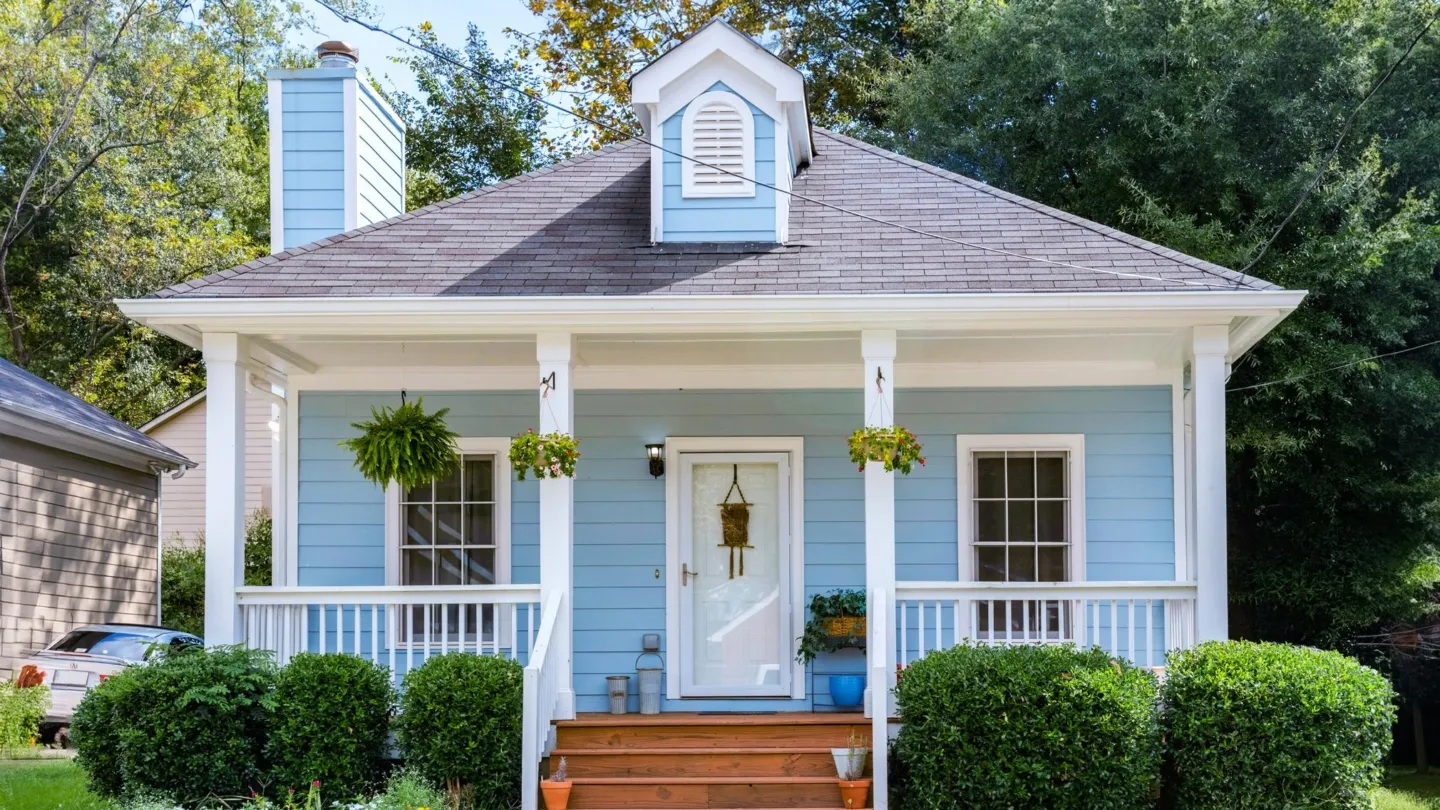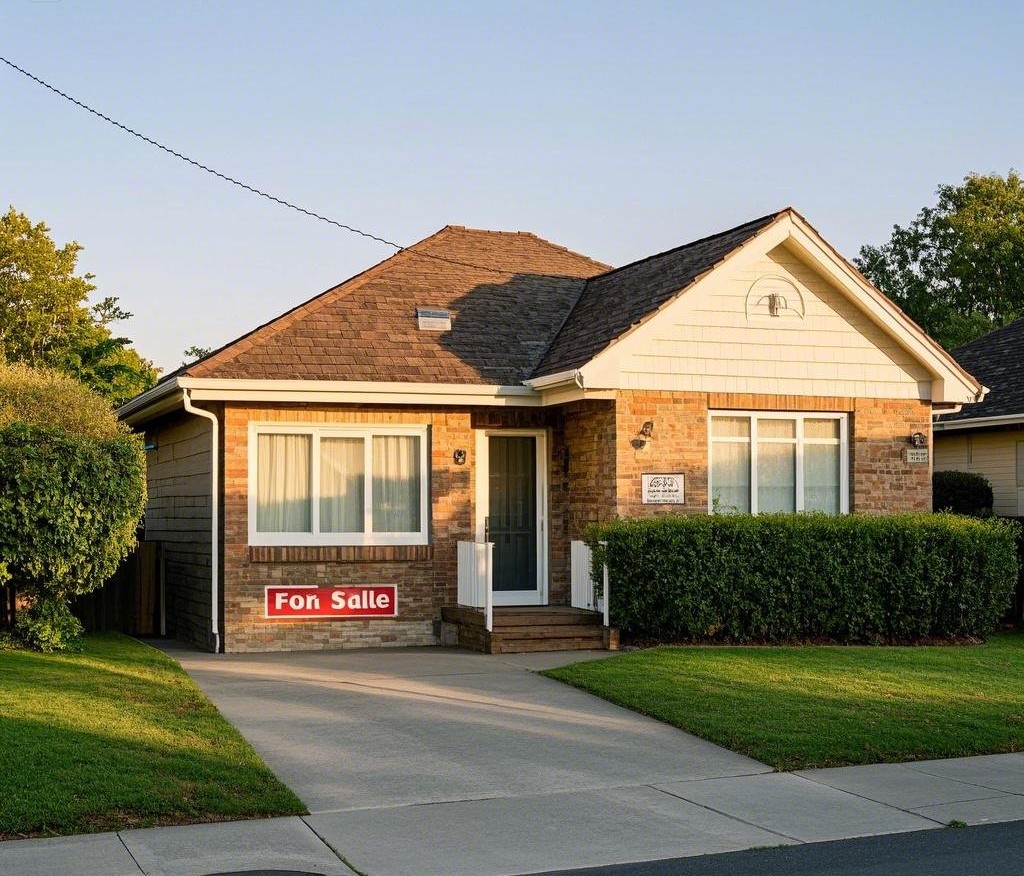As a landlord, one of the most common scenarios you might face is a tenant asking to sublease the rental property. Subleasing allows your tenant to rent out the property (or a portion of it) to another person, usually for a temporary period. While this might seem like an easy solution for your tenant, it can introduce new complexities for you as the landlord.
Before you agree to a sub-lease request, it’s important to understand your rights and responsibilities, and how to protect your property and relationship with your tenant. Here’s a guide on what to do if your tenant asks to sublease.

1. Review the Lease Agreement
The first step is to review the original lease agreement. Most standard lease contracts will include specific terms regarding subleasing. The lease might either:
- Prohibit subleasing altogether.
- Require your approval before any sub-lease can occur.
- Allow subleasing with certain conditions (such as submitting the name and background of the sub-tenant).
If the lease includes a clause requiring your approval, then the tenant must ask for permission in writing. If it explicitly prohibits subleasing, then you can simply inform the tenant that subleasing is not allowed under the terms of the lease.
If the lease is silent on the issue, you may have more flexibility to decide whether to allow subleasing or not.
2. Consider the Reasons for Subleasing
It’s important to understand why your tenant is asking to sublease in the first place. Common reasons for subleasing include:
- The tenant needs to move temporarily for work or personal reasons but wants to keep the lease.
- The tenant is experiencing financial difficulties and needs to reduce living expenses.
- The tenant has an unexpected change in their living situation but doesn’t want to break the lease.
While some of these reasons may be valid, they don’t automatically mean that subleasing is a good idea. Consider how the sub-leasing arrangement could affect your property and relationship with the tenant. If the tenant’s request is due to financial hardship, you may want to explore other options like renegotiating the lease or offering a rent payment plan instead.
3. Screen the Sub-Tenant
If you decide to allow your tenant to sublease the property, you have the right to screen the sub-tenant just as you would screen any new tenant. The sub-tenant must meet the same criteria as the original tenant to protect your property and ensure that the person living in your property is reliable.
Request the following information from the sub-tenant:
- Proof of income or employment to ensure they can pay the rent.
- A background check to verify there are no criminal issues or prior evictions.
- References from previous landlords, if possible.
- A credit check to assess their financial responsibility.
You should also meet the sub-tenant in person or via video call to assess their suitability and discuss the rules and expectations for the property.
4. Set Clear Terms in a Sublease Agreement
If you approve the sublease, make sure to create a sublease agreement that outlines the specific terms of the arrangement. A sublease agreement should cover:
- Duration of the sublease: Specify the start and end dates of the sublease, ensuring that it does not exceed the original lease term.
- Rent payment details: Ensure that rent will still be paid to you directly (not to the original tenant). You may also want to stipulate that the original tenant is still responsible for paying rent if the sub-tenant defaults.
- Rules and expectations: Clarify the rules of the property, such as the number of people allowed to live in the unit, pet policies, and noise restrictions.
- Security deposit: If applicable, determine whether you want to collect a security deposit from the sub-tenant. You may also want to specify that the original tenant is responsible for any damages caused by the sub-tenant.
Both the original tenant and the sub-tenant should sign this agreement to ensure that all parties are on the same page.

5. Keep Communication Open with Your Tenant
Throughout the subleasing process, it’s important to maintain clear communication with your tenant. Let them know what information you require from the sub-tenant, and make sure that both parties are aware of your expectations.
Keep in mind that even if you approve the sublease, the original tenant remains legally responsible for the lease. This means that if the sub-tenant fails to pay rent or causes damage to the property, the original tenant is still held accountable.
In some cases, you may want to consider drafting an addendum to the lease that outlines your ongoing relationship with the tenant and sub-tenant and addresses any potential issues that may arise during the subleasing period.
6. Monitor the Property During the Sub-lease
Once the sub-lease is in place, it’s important to monitor the situation and ensure that everything is going smoothly. Perform regular inspections of the property (with appropriate notice to the tenant and sub-tenant) to ensure that the property is being maintained and that no issues are arising.
If you notice any signs of problems, such as unauthorized sub-tenant guests, noise complaints from neighbors, or damage to the property, address the issue immediately with the tenant and sub-tenant.
You should also remind the original tenant that they are still responsible for the property and its upkeep, even while the sub-tenant is occupying the space.
7. Know Your Local Laws
Landlord-tenant laws vary by state or country, so it’s important to understand the specific regulations regarding subleasing in your area. In some places, tenants have the right to sublease under certain conditions, even if your lease prohibits it. In other areas, landlords have more discretion and can refuse a sublease for any reason.
Consult with a real estate attorney or local property management expert to make sure you’re complying with local laws and that your sublease agreement is legally sound.
Subleasing can be a convenient option for both tenants and landlords, but it requires careful consideration and proper management to ensure that all parties are protected. By reviewing the lease agreement, screening sub-tenants, and setting clear expectations, you can navigate the subleasing process without compromising the integrity of your rental property or your relationship with your tenant.
Related Posts
What are Carrying Costs? Sell Your Texas House Fast and Avoid Carrying Costs
What are Carrying Costs? Sell Your Texas House Fast and Avoid Carrying Costs If you’re trying to sell your house
What to Do If You Owe Back Property Taxes
What to Do If You Owe Back Property Taxes Owing back property taxes can be stressful, but taking action quickly
Address: 40 E. Montgomery Ave. Ardmore, PA 19003
Phone: 610 439 9332
Copyright © 2024 Residence Investors.
